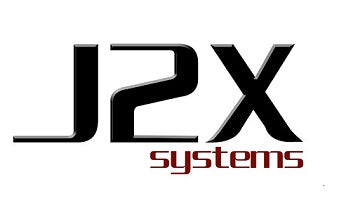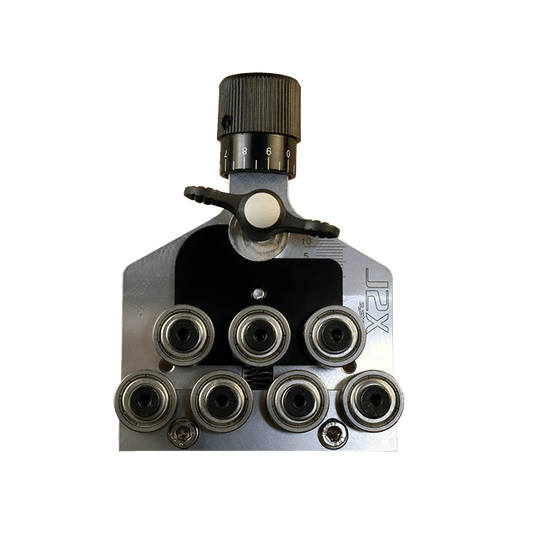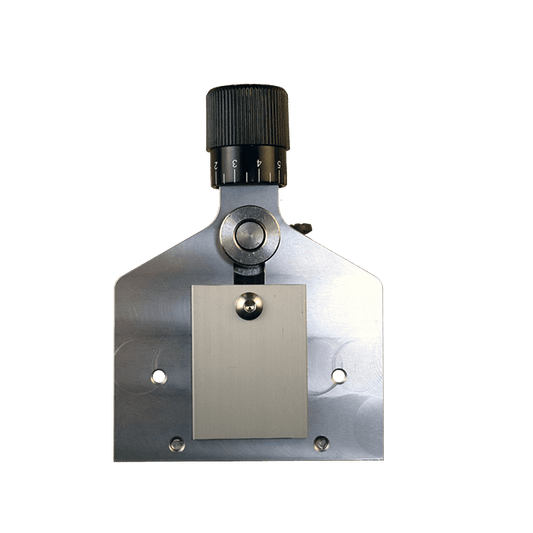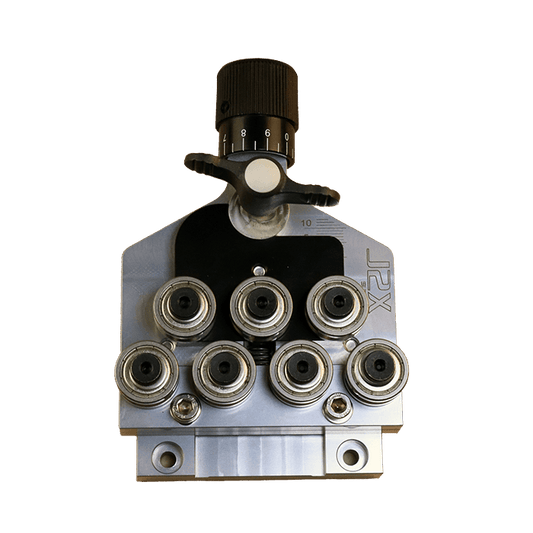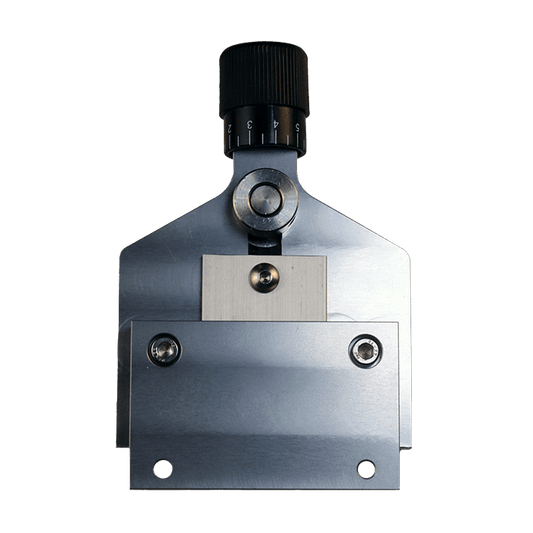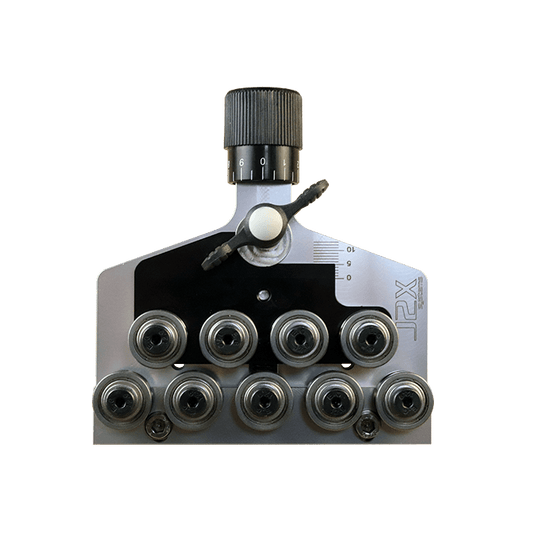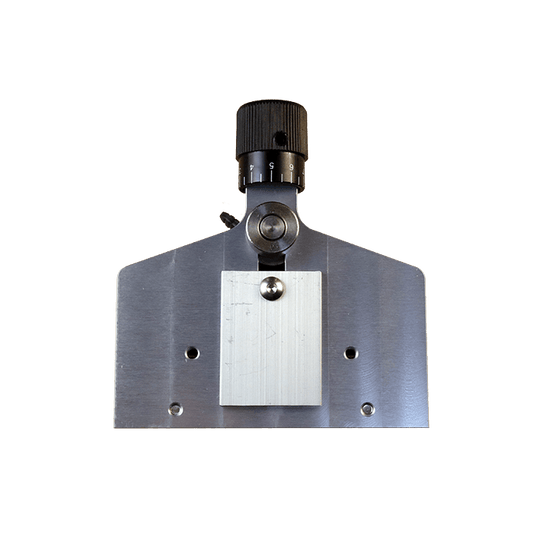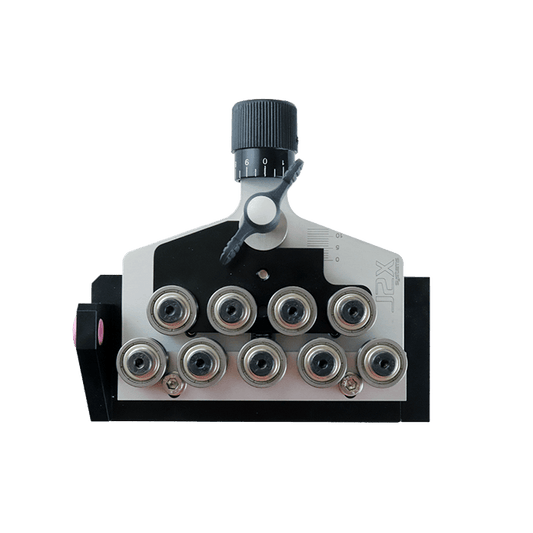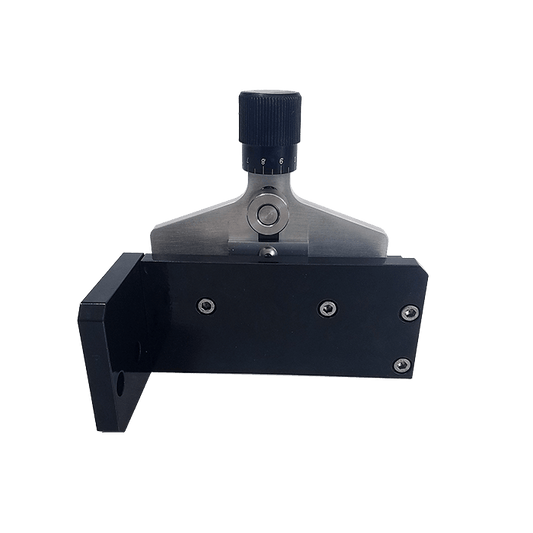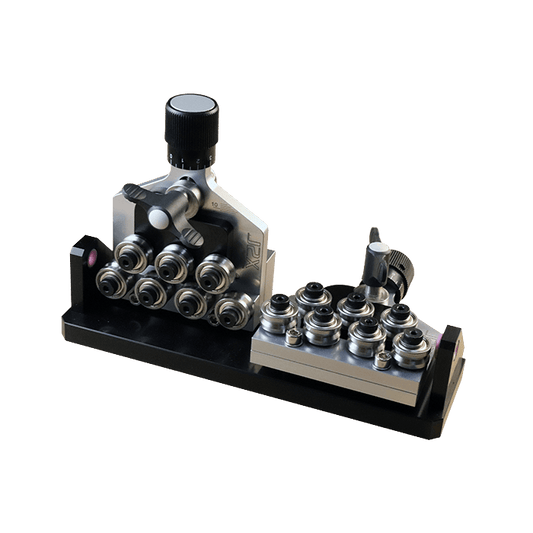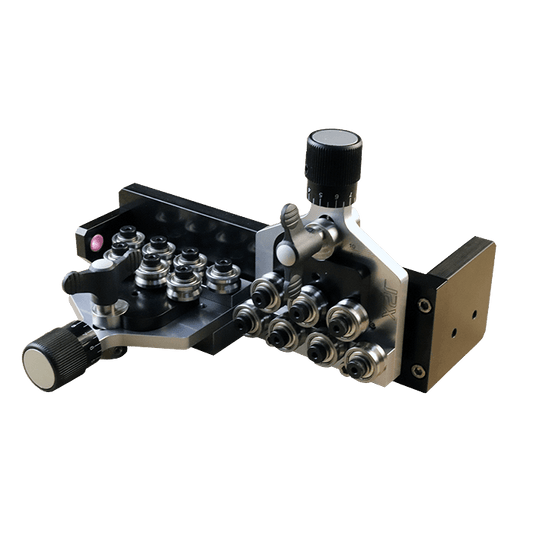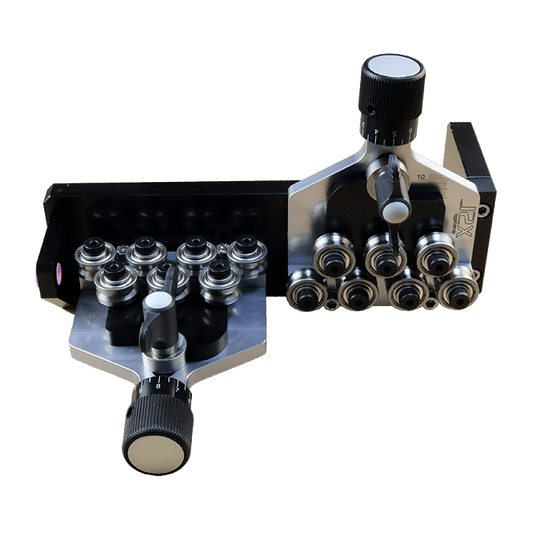J2X Wire Straighteners - FAQ
Do I need a two plane straightener or is a single plane adequate?
The simple answer is "it depends". To better explain, a short review of the wire manufacturing process may be helpful.
When making wire, metallurgical stresses are inherently introduced into the material that will cause wire to have a memory. As manufacturers tweak their production process, the amount of memory will increase or decrease. It is likely that you have experienced this memory variation when encountering one wire that is easy to manage whereas a second wire will have a mind of its own.
Two common examples of distortions due to wire memory are cast (radial bend) and helix (screw-like or twist). The amount of casts can be defined as the diameter of the circle formed when a length of wire is thrown loosely on the floor. Helix is determined by measuring the distance a length of wire rises from a starting surface such as a floor. The degree of cast and helix in a given wire can be determined by hanging a length of wire vertically against a wall and measuring the amount of curvature as well as the distance the wire protrudes from the wall. Some wires will have only a cast or a helix where others will have varying amounts of both forms of distortion.
Roller type wire straighteners do a good job at minimizing and redistributing wire memory, but work primarily in a single plane. As a result, a wire that requires only cast or only helix correction will require only a single plane straightener. Wire needing both cast and helix attention will require a straightener set to provide multiple plane correction.
What size wire will these straighteners accommodate?
The minimum outer diameter is approximately 1mm (0.039”). Maximum outer diameter will vary whether referring to insulated or bare wire. Bare (some materials are not recommended, see FAQ) wire maximum OD capacity is approximately 3mm (0.118”). Insulated wire max outer diameter is approximately 4.5mm (0.177”) with a max conductor size of 3mm (0.118”).Will these straighteners straighten non-round, square, oval wire, or flat cable?
J2X straighteners are designed to process round material. The ball bearing rollers have ground and polished 120° V grooves which may not be suitable for non-round material.
We are looking for a straightener for a specific wire application. The wire diameter ranges from X gauge to Y gauge. Would the one of your models work for this?
Because insulated cable is usually made of a relatively soft and somewhat vulnerable outer material the design of J2X rollers provide good straightening capability while minimizing the potential for damage. As a result our straighteners are best suited to process mid sized bare and insulated cables with solid, parallel or bunched stranded core having a modulus of elasticity of less than 170 mpa. J2X straighteners are not designed to be used to straighten hard materials like stainless steel or tungsten.
The approximate gauge and outer diameter of an insulated cable that can be accommodated by a J2X WS series straightener is 1mm (0.039”) through 4.5mm (0.177”) which corresponds roughly to 26 AWG through 10 AWG. Working within these dimensional parameters, users have experienced an ease of adjustment that supports very quick and repeatable changeovers.
Will these straighteners work for tubing, stylets, tungsten wire, etc?
While exotic metals and tubing may be straightened with our products in some cases, we do not support these materials as our expertise is focused on insulated cable. While the geometry of our straighteners is similar to other types of straightener which are intended for bare metals, we generally do not recommend our straighteners for tougher bare materials such as steel, tungsten, or titanium. Please refer to the table below for specific recommendations.
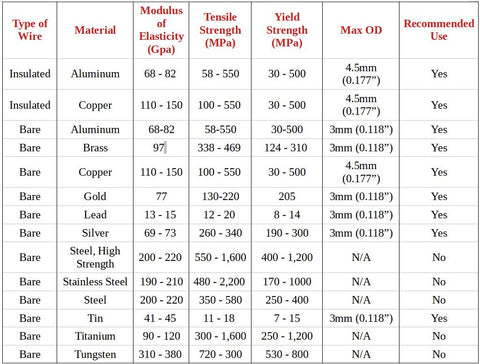
Will the straightener mount directly to my Schleuniger or Komax machine (ES9380, MS9480, etc)?
Our direct mount straighteners for Schleuniger machines will work with all machines having M5 bolt holes spaced 25mm apart. This includes most Schleuniger cut and strip machines. Please refer to the pdf drawing included on the product page for the WS-06 and WS-12 for exact mounting dimensions.
The WS-10-K will only work on Komax Kappa machines with M5 bolt holes spaced 60mm apart.
I am using a straightener and am having difficulty producing the result I desire. What could be the issue?
The theory behind straightening is that the rollers are deflecting the cable while under tension and breaking the bond between the conductor and insulation to achieve a reduction in the amount of cast and helix. This is a delicate process where proper adjustment is key. Over-tightening the straightener can result in damaged insulation or an extruded core (sometimes referred to as ‘milking’ the cable). If you find your strip lengths are changing post-processing, this may be the cause; the insulation is being stretched and retracts as it settles after processing. This can result in cable lengths being incorrectly measured, strip lengths being inaccurate, and poor quality crimps. Refer to our best practices FAQ below for tips on initial setup.
What is the best approach to initial set up of a straightener for x, y, or z material?
In the population of all insulated cables, some will straighten much more easily than others. To maximize the likelihood of success before beginning to adjust your straightener, source your cable from a reputable supplier and evaluate the quality of your cable upon receipt. Additionally, consider other factors such as storage and handling. If your cable is received and stored on reels, it may be prudent to request a large diameter core.
There are several adjustments which can be made to a straightener. The top knob will provide fine adjustment of the upper roller plate for each plane (if you have a multi plane straightener).
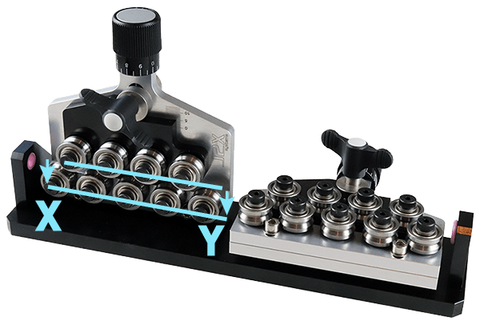
The lower plate is also adjustable and may be angled such that x<y as shown in the picture (usually set to perform the most work upon entry of the cable into the plane and then eased out).
The best starting point is to slightly deflect the cable so it is making contact will all 7 or 9 rollers as it passes through each plane. From here make very small (<0.5mm) adjustments to carefully observe the effect upon a length of cable as it exits the straightener.
How can I determine how much my material is being straightened?
One method of comparing the effect a wire straightener has had on your material is to cut a length of cable and lay it on the floor. Measure the diameter it creates in a relaxed state. Cut another length and pass it through the straightener and again measure the diameter. This is a method of measuring the reduction in the amount of cast or bend of the cable. This can also be done by suspending the cable vertically against a wall and measuring the cable’s deviation from center. To measure the helix, you can use the same approach with the cable hung wire against a wall and measure how far outward it protrudes. If the wire is particularly stiff (more often in the case of bare wire), this may also be done on the floor.
When you arrive at your desired result, note the setting selected by observing the scale on the front base plate of the straightener as well as the position of the scale on the top fine adjustment knob. This scale is marked in millimeters. One line on the scale equals one millimeter which equates to one full rotation of the knob.
I have one cable that is not straightening as well as I hoped, but all my others straighten well in the straightener. What could be the cause?
If your conductor is small relative to your insulation, you may find there is more memory in this insulation material than in the conductor. A straightener can only have a minimal effect on this combination. A good example would be a thick wall, flexible pvc cable of a smaller gauge such as 26 AWG.
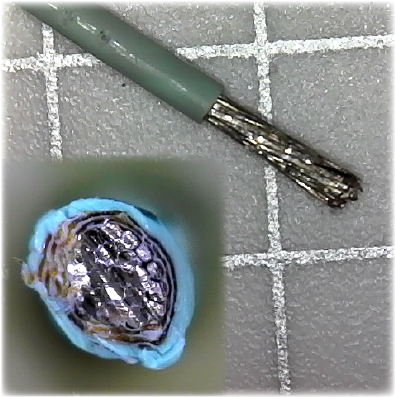
Another situation where a straightner may not be as effective as you experience with other cables is when a cable has shielding or a waterblock wrap as shown under magnification in the picture to the right. (This is a 28 AWG kapton cable with a teflon wrap.)
Either one of these type of features will add a layer of complexity that may be more difficult to straighten without damaging the insulation.
The third, and possibly most common situation, is when a cable has encapsulated strands. If you strip a piece of cable and save the scrap, then slice a cross section
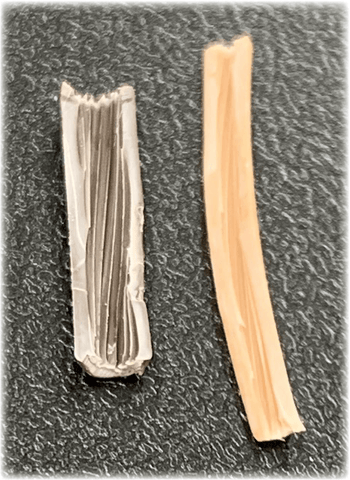
of the scrap piece of insulation along its long axis, you can determine if strands are encapsulated (magnification may be required for smaller cables). You will see the insulation taking the form of the strands as shown in the image to the left, sometimes to the extent that it makes its way completely between individual strands. This is generally not the highest quality cable and can often have a long lay length and can be
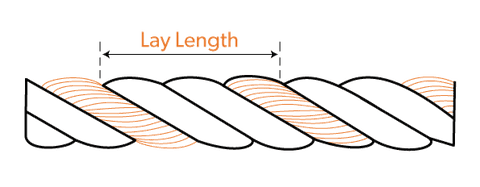
very difficult to straighten without damaging the insulation. A shorter cable lay length (shown in the image to the right as one full twist of the strands) will usually boast better concentricity, strength, flexibility, and be easier to straighten.
View Our Most Popular Straighteners
-
Single Plane Quick Change Wire Straightener (WS-10-SP)
Regular price $270.00Regular priceUnit price / per -
Single Plane Quick Change Wire Straightener for Komax Kappa Machines (WS-10-K)
Regular price $300.00Regular priceUnit price / per -
Single Plane Quick Change Wire Straightener (WS-02-SP)
Regular price $320.00Regular priceUnit price / per -
Single Plane Quick Change Wire Straightener for Schleuniger Machines (WS-06)
Regular price $370.00Regular priceUnit price / per -
Two Plane Quick Change Wire Straightener (WS-15)
Regular price $595.00Regular priceUnit price / per -
Two Plane Quick Change Wire Straightener for Schleuniger Machines (WS-12)
Regular price $615.00Regular priceUnit price / per
